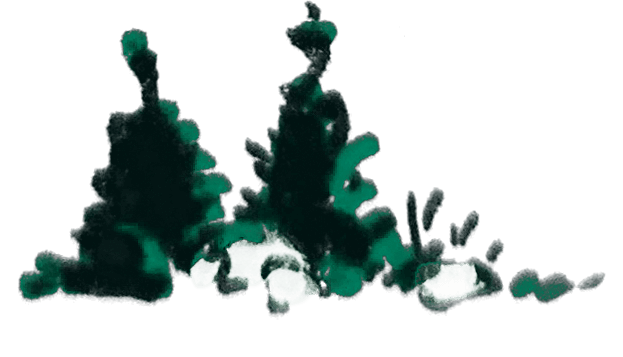For our products, we use dolostone from Selgase quarry in Northern Saaremaa – one of the highest quality and most beautiful in Saaremaa. It is special for its marble pattern, which is why dolostone from Selgase is also called the marble of Saaremaa.
The dolostone of Selgase was formed 425 million years ago by petrification of carbonate mud settled in the tropical climate in the ancient Baltic Paleobasin.
Limestone
Limestone is the common name for carbonate rocks – limestone, dolostone and marl. Limestone belongs to the classification of biochemical sediments, forming a more representative part of it.
Limestone was declared the national stone of Estonia on May 4, 1992. At first glance, Estonian limestone is gray and bland, but it is, in fact, very multi-faceted and has several varieties.
Dolostone
Unlike limestone, dolostone contains up to 21.7% magnesium oxide, 30% calcium oxide and 48% carbon dioxide. Silicate and clay minerals, iron hydroxides and other substances may also be present.
Dolostone is analogous to limestone in color. There are transitions between limestone and dolostone, since most dolostone is formed by dolomitization of limestone.
Typically, there is less typical dolostone in the Estonian bedrock than dolomitized limestone. Most dolostone has been formed during the Silurian. In geological terms, this took place in the lowland littoral zone at the end of the Wenlock Epoch of the Silurian. The sea was in a declining development phase, and most of present-day Saaremaa had primary dolostone mud with low variety but specific fauna and a large number of sludge-eaters.
The light crawlways of sludge eaters in the initially dark gray pyrite-rich sediment give the rock its patterned look. The pyrite turns yellow as it weathers.
